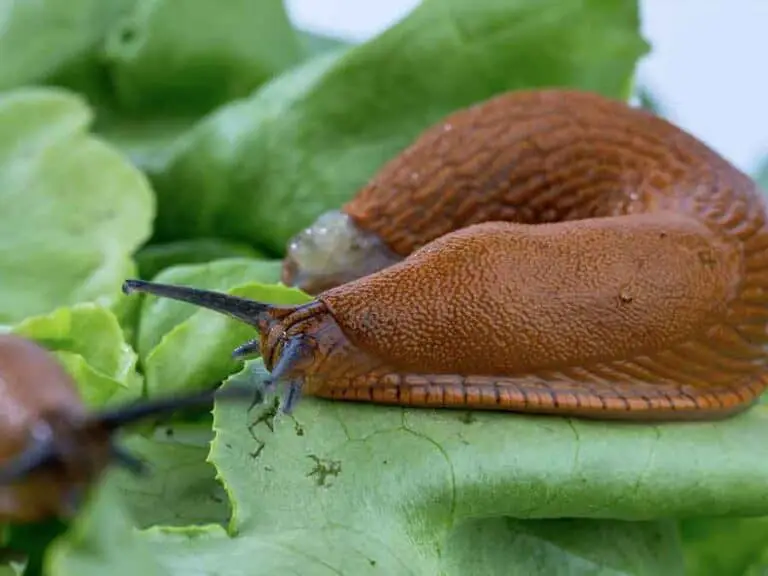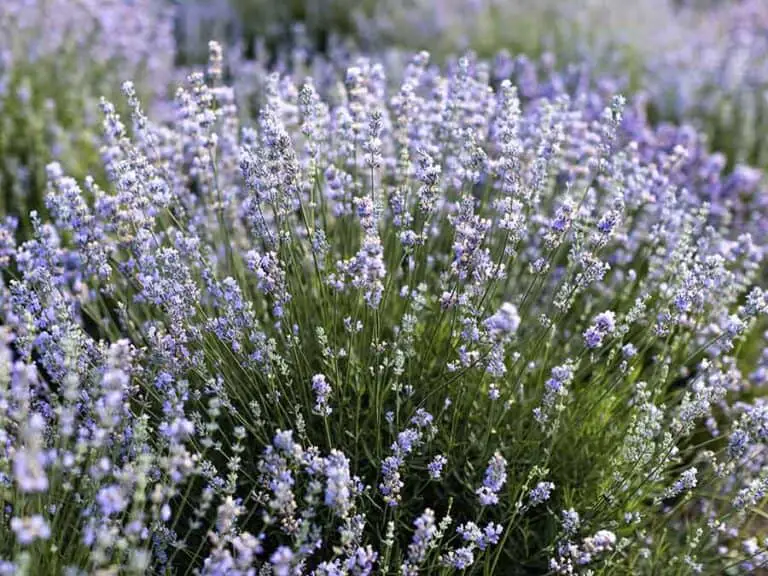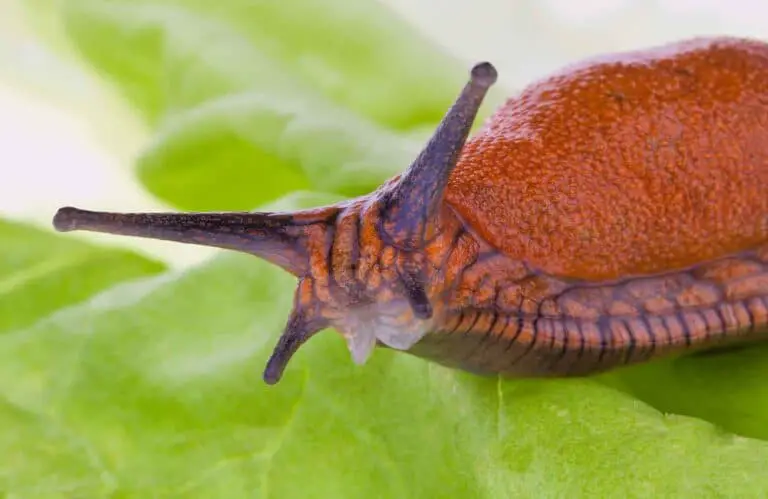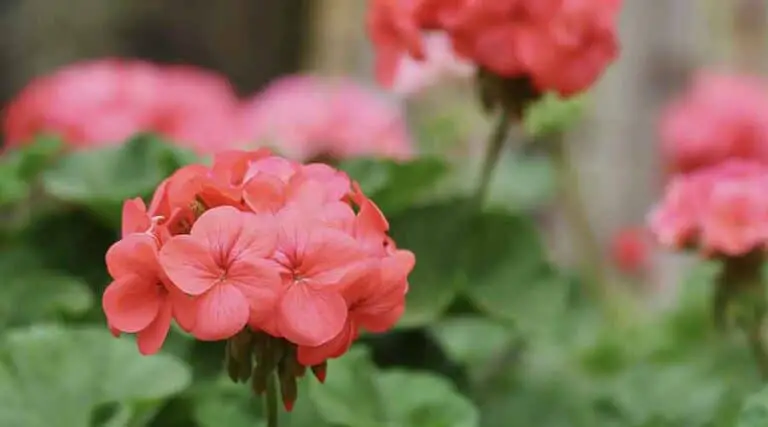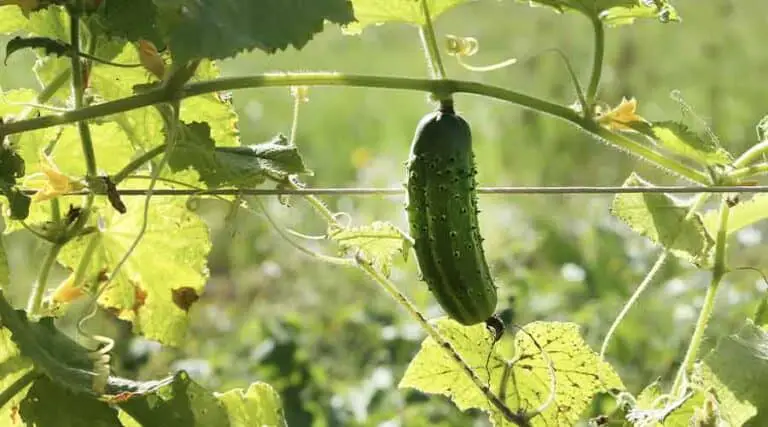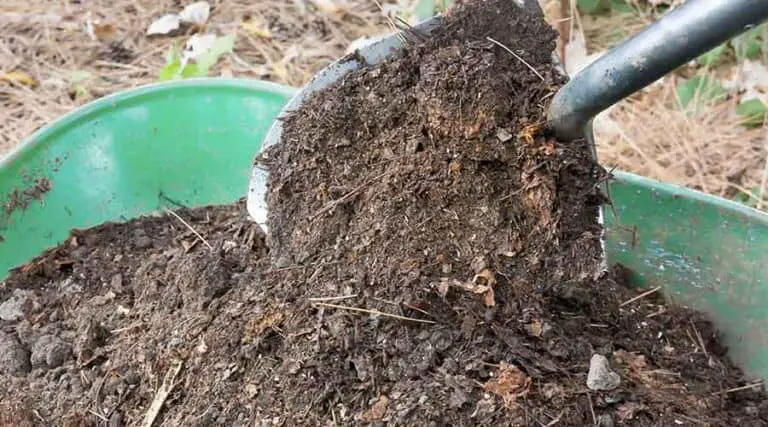How to Get Rid of Slugs on Hostas?
Hostas are plants that are easy to grow and which add visual value to a garden or backyard. These plants are perennial and they grow well in the shade. Slugs are also known to love shaded spots and moisture, which means hostas and slugs frequently intersect.
You can get rid of slugs on hostas by watering them in the morning so the soil is dry at night. Nematodes and sticky traps are also used as organic methods of clearing nematodes from hostas. Alternatively, you can remove slugs by hand.
Hostas tend to grow in large groups with quick spread rates. They have long and wide green (or striped) leaves which attract slugs.
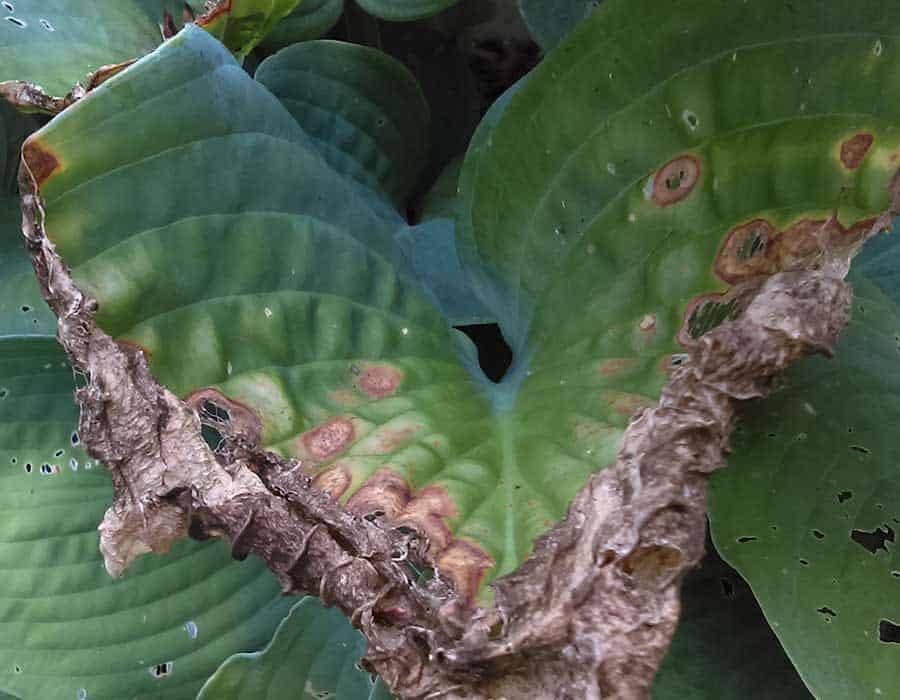
Many slugs feed on these leaves as they are soft and readily available in shaded areas, even if hosts also grow in full sun. Both hostas and slugs can thrive in shaded areas away from direct sunlight.
You can identify slug damages to hosts by assessing the holes in the leaves without any apparent pest. Slugs come out to eat hostas at night and retract in the morning. Their damages are considered as they eat without many predators even seeing them at night. Here are a few proven methods against slugs and a few other complementary solutions to keep them away from hostas.
5 Short-term methods of getting rid of slugs
The following methods are often considered for immediate results against slugs on hostas. You can consider applying these methods together if the damage slugs make to your hostas is considerable.
1. Water hostas in the morning
One of the first actions to consider is watering frequency and timing. Slugs come out to eat at night and this means they love humidity and tranquility. You can minimize their moving patterns by not watering hostas in the evening as this creates humid soils that slugs use for easy moving around.
You can water hostas in the morning so that the soil is dry in the evening and at night when slugs are most active. This change in watering patterns can impact slugs to the extent that they cannot make the same damage to hostas or even limit them from these plants altogether.
Changing the watering habits from evening to morning hostas watering is also a complementary measure. You can consider it together with other solutions against slugs. Morning-only watering routines are the foundation of an anti-slugs campaign.
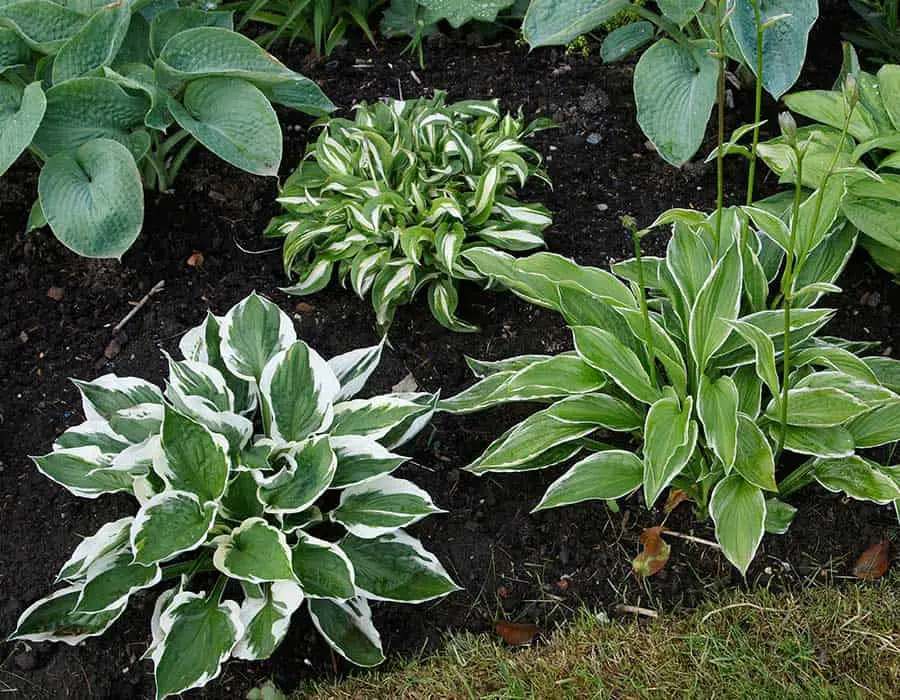
2. Consider drip irrigation
Drip irrigation is one of the proven methods to save water. This irrigation solution is also proven in watering the plant only when needed without creating moist soil all around the garden.
You can install drip irrigation for hostas to limit the surface water gets to whenever you water the garden. Drip irrigation can also be programmed. Small irrigation programmers can be set to only allow water to hostas in the morning. This solution prevents water from getting to a larger area to breed slugs and it also controls water flow in the morning so that the soil is dry by nighttime when slugs come out for food.
3. Use beneficial nematodes
Nematodes are a type of beneficial worm. These worms are microscopic, and not visible to the naked eye. You can purchase nematodes and add them to your garden around the areas of the hostas. Once in the ground, these worms eventually attack slugs.
You can expect properly-spread nematodes to kill all slugs within 2-3 days. This means your hostas are safe from all slugs. This method is non-invasive for hostas and it’s also safe for other plants, vegetables, and shrubs around hostas.
Beneficial nematodes have very strict application methods. These microscopic worms don’t like extreme temperatures. This means you need to look at the weather forecast to ensure 2-3 days of constant warm weather before successfully spreading them on the soil around hostas.
Nematodes come in a solid form, similar to small rock formations. They are diluted in water before being sprayed around the garden. These worms aren’t visible and you will mostly feel like watering the garden normally. Microscopic nematodes multiply in the ground in warm weather and they can keep slugs out for a long time. You can use nematodes to control slugs through the summer.
4. Add sticky slug traps
Slug traps are a simple and efficient solution against small and large slugs. Sticky traps tend to be widely successful in catching slugs and other types of bugs that might chew on hostas. You can apply these traps all around the planted area.
Sticky slug traps aren’t as fast as nematodes. It can take up to a week for all slugs to move around the garden in the area of the traps. Applying multiple sticky traps decreases the time it takes for these traps to capture all slugs.
Other types of lure-based traps can also work against slugs. Many types of traps use a type of toxic bait that kills slugs within minutes. You can consider these types of traps around hostas if you don’t have pets or children as they can be dangerous.
5. Remove slugs by hand
Removing slugs by hand is one of the fastest methods of stopping their damaging impact and their rapid multiplication rates. But not all attempts are successful without proper planning.
You should always try to remove slugs by hand at least a couple of hours after sunset. Slugs start to become active at this time and through the night. Even more, you can consider only removing slugs at night by using a flashlight. This is the time all slugs come out of their hiding spots. Compared to daytime attempts, nighttime manual slug removal can lead to clearing the slimy creatures from the garden within a few hours.
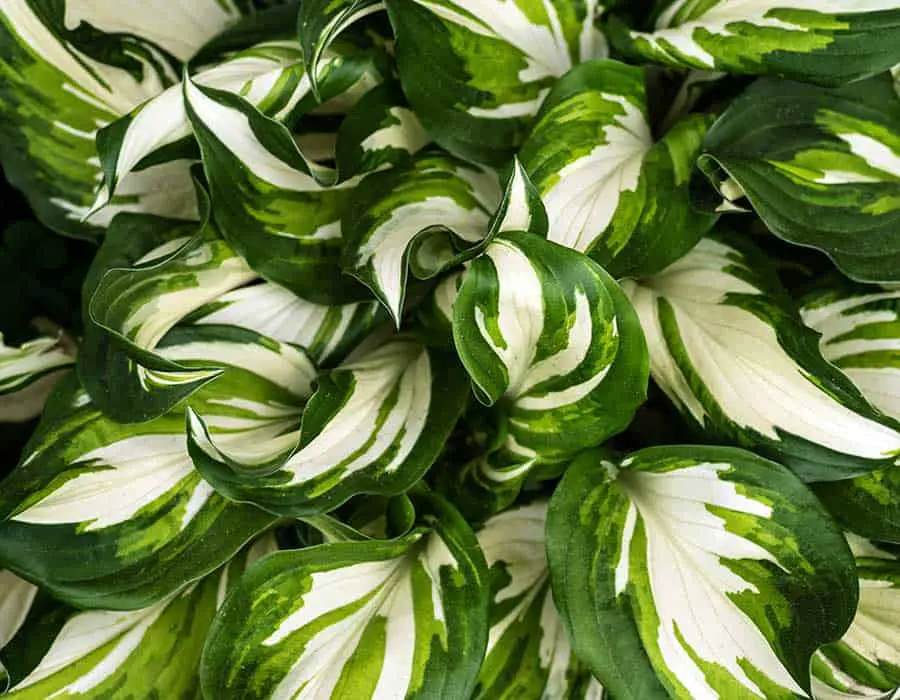
4 Long-term methods of getting rid of slugs
Slugs can always return and create further damage to hostas. You may need to look for the methods that keep slugs away in the long term alongside short-time measures.
1. Use coffee grounds
Coffee grounds have been used against slugs in gardens with varying degrees of success. Some tests show that around half of slugs in gardens are repelled by coffee grounds.
Thoroughly sprinkling the area of the hostas with coffee grounds improves the chances of keeping more slugs away. Adding more coffee grounds within weeks is also recommended for a fresh batch of coffee as it’s the aroma that repels slugs.
2. Use beer cans to drown snails
Beer cans are a creative method of eliminating slugs around hoasts and many other plants. The key to this solution is to use a good lure, such as actual beer which is believed to attract slugs. But even plain water can work just as well.
You need to cut beer cans in half and place them in the ground with the open part up so that you can fill them with beer. The cans don’t need to be covered as slugs need to get inside to drink the beer. Slugs drown since they cannot swim. The method is more successful with taller halves of beer cans as these are harder for slugs to escalate.
3. Plant garlic
Garlic has a strong scent that slugs hate. Apart from the scent, garlic also creates allicin, a type of substance that wards off predators. This is why garlic plants around hostas can be just as efficient as other non-invasive long-term methods of keeping these pests away.
You can plant garlic all around the garden and in areas around hoasts where possible. Garlic repels slugs, snails, and a wide range of bugs and spiders that might hide in hostas as well.
4. Add physical barriers
Small fences, nets, and mulch can protect hostas to an extent. These methods have limitations since slugs often find their way to hostas by climbing fences or by looking for ways around nets.
Mulch is often seen as a good solution against bugs around the house. While mulch keeps bugs away, it doesn’t help with the slug’s invasion. Mulch maintains constant soil humidity or it prolongs the period the soil is moist which means it also favors the habitat slugs love.
You can remove mulch from the areas of the hostas or consider thinning the layer of mulch you want to add as a visual enhancement to control slug populations.
Summary
Hostas are some of the most attractive types of plants for slugs. With large soft leaves, hostas are among the plants that also create plenty of shade so that slugs can live in the ground below with plenty of soil moisture.
Controlling slugs is often based on controlling watering routines. Switching to morning watering routines is often a good idea as it lets the soil dry until nighttime. Installing drip watering systems can further limit humidity levels in the ground.
Nematodes can be used against slugs to kill both visible slugs and those in the ground within days. Alternatively, you can remove slugs by hand. This is best done at night using a flashlight as slugs only come out to feed after sunset.

